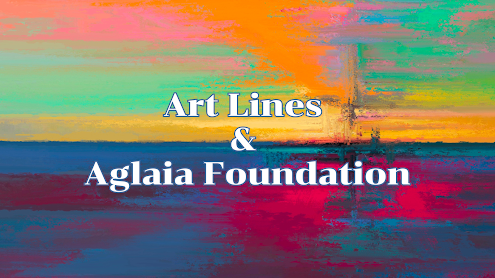"There is No Present Without the Past: The Enchanting Tale of Lichtenstein Castle"
Introduction:
At Aglaia Foundation, we passionately embrace the significance of preserving our cultural heritage. Historical landmarks, such as the breathtaking Lichtenstein Castle, not only stand as remarkable structures but also serve as living tributes to our shared history. In this article, we delve into the captivating narrative of Lichtenstein Castle, exploring its rich past, restoration journey, and the unique charm that makes it a must-visit destination.
Unveiling Lichtenstein Castle's History:
The roots of Lichtenstein Castle trace back to the 12th century when it served as the ancestral fortress for the Lords of Lichtenstein. Despite facing destruction during civil wars in 1311 and 1377, the resilient lords decided to rebuild the castle on a slightly different location, where the present-day castle proudly stands. The completion of this new fortress in 1390 marked the birth of one of the most striking fortifications of the Late Middle Ages.
Count Wilhelm's Romantic Vision:
Fast forward to the 19th century, Count Wilhelm, with a profound love for ancient architecture, embarked on a mission to create a Gothic masterpiece. Utilizing the old foundation, architect Carl Alexander Heideloof, under the Count's influence, designed the castle. Inaugurated in 1843, the castle became the official residence of the Dukes of Urach in 1869. Count Wilhelm's personal touch extended to furnishing and designing rooms, reflecting his passion for both architecture and design.
Facing Challenges and Resilience:
Lichtenstein Castle faced a significant threat during World War II when an American tank struck its central tower. Remarkably, the tower withstood the impact, avoiding collapse. In 1980, extensive restoration efforts were undertaken, addressing the damages and preserving historical artifacts. Further restoration in 2022 ensured the castle's continued splendor.
Present-Day Charm:
Today, Lichtenstein Castle remains a testament to resilience and architectural beauty. Owned by the Dukes of Urach, the castle is open to visitors during selected times, offering guided tours that provide a glimpse into its fascinating history. The lush green surroundings in spring and summer, vibrant autumn colors, and the winter snow create a picturesque backdrop for this fairy tale castle.
Interesting Facts That Add to the Magic:
Lichtenstein Castle, often referred to as "Neuschwanstein’s Little Brother," boasts uniqueness beyond its history. Despite its relatively young age of 182 years, the castle exudes an aura of historical grandeur. Surprisingly, it's smaller in size compared to other renowned castles, yet its aesthetic appeal is unmatched.
Unlike crowded counterparts, Lichtenstein Castle offers a more intimate experience for visitors. The castle's name, meaning "shining stone" in German, perfectly captures its essence – built on a light-colored stone that radiates brilliance when touched by sunlight.
Conclusion:
In preserving and restoring cultural legacies like Lichtenstein Castle, we ensure that the threads of our past continue to weave into the fabric of our present and future. Each brick, each story, and each historical gem contribute to the vibrant tapestry of our cultural heritage, proving that there truly is no present without the past.
For more information about Lichtenstein Castle
Source: Kainat Khalid
Published by Roger Blikkberget







Comments
Post a Comment